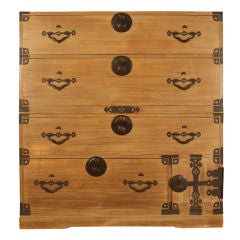I know, almost certainly user ! let me explain - I have just got a set of these from Rutlands, these: http://www.rutlands.co.uk/hand-tools/ch ... -chiselsse:
I am new to using this type of chisels, but have read great things about them. I am a carpenter of 30 years experience, albeit it mostly in the heavier end of the trade rather than fine cabintry, which I am pursuing now as a hobby, so I do feel I know my way around a tool and am not a novice by any means. However, the first time I used 2 of the chisels, both of them broke - I mean one the corner of the blade snapped off when I was carefully paring the corner of a rebate and the other last night when I was removing the remains of some beech from a mortice. I had made several cuts on the table saw, 40mm deep, leaving 1 - 2 millimteres of beech between each cut, then I started to remove the pieces by cutting away with the chisels from the end. The first tap of the hammer and a small section of the blade edge in the middle where it struct the beech chipped away.
i realise they are more brittle than normal chisels, but surely this is not normal or right? Or should I only use them on really fine delicate work? Most of what I do is hardwood work, so I need a very good sharp set of chisels.
Cheers, Mark
I am new to using this type of chisels, but have read great things about them. I am a carpenter of 30 years experience, albeit it mostly in the heavier end of the trade rather than fine cabintry, which I am pursuing now as a hobby, so I do feel I know my way around a tool and am not a novice by any means. However, the first time I used 2 of the chisels, both of them broke - I mean one the corner of the blade snapped off when I was carefully paring the corner of a rebate and the other last night when I was removing the remains of some beech from a mortice. I had made several cuts on the table saw, 40mm deep, leaving 1 - 2 millimteres of beech between each cut, then I started to remove the pieces by cutting away with the chisels from the end. The first tap of the hammer and a small section of the blade edge in the middle where it struct the beech chipped away.
i realise they are more brittle than normal chisels, but surely this is not normal or right? Or should I only use them on really fine delicate work? Most of what I do is hardwood work, so I need a very good sharp set of chisels.
Cheers, Mark



































